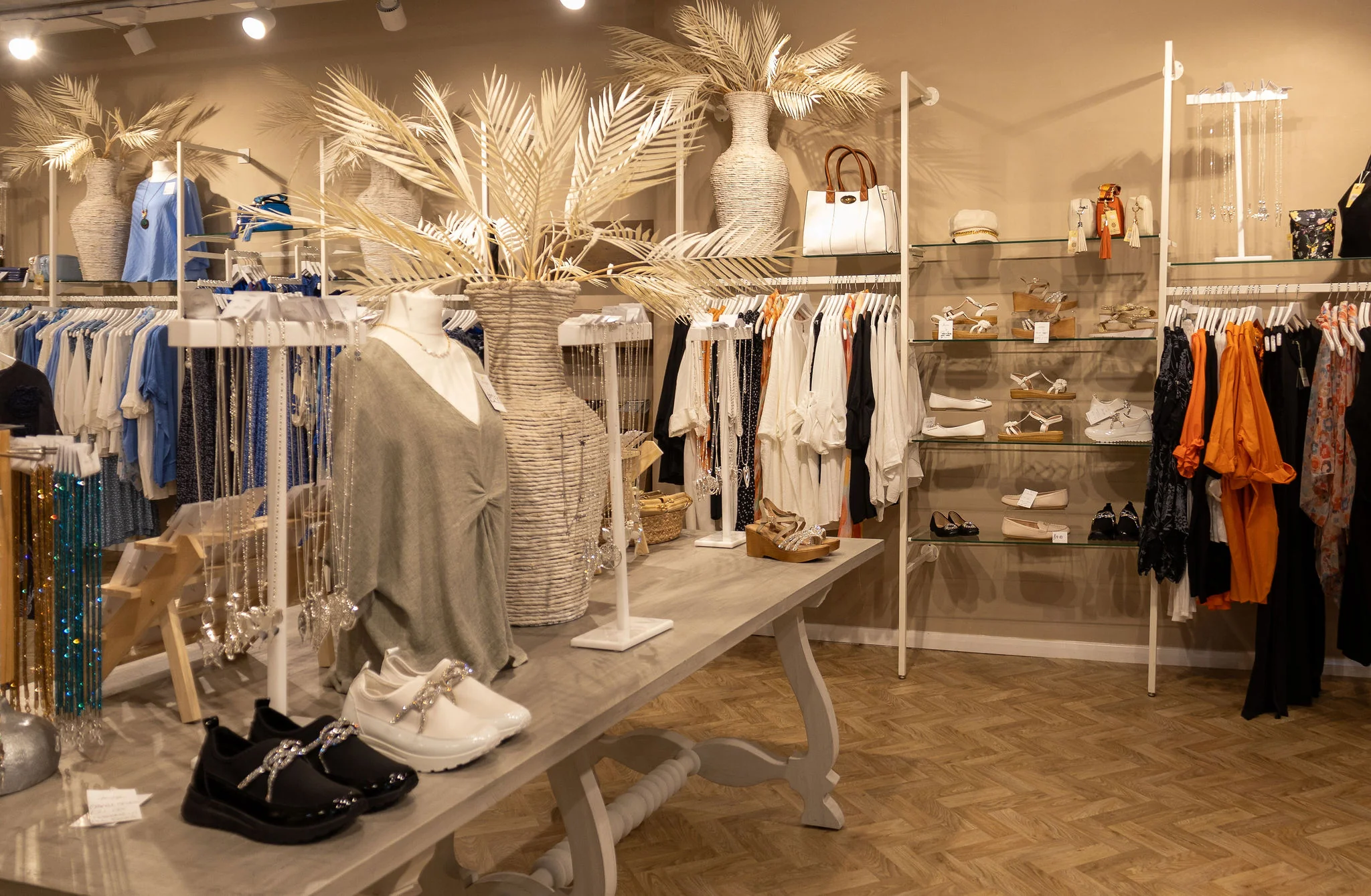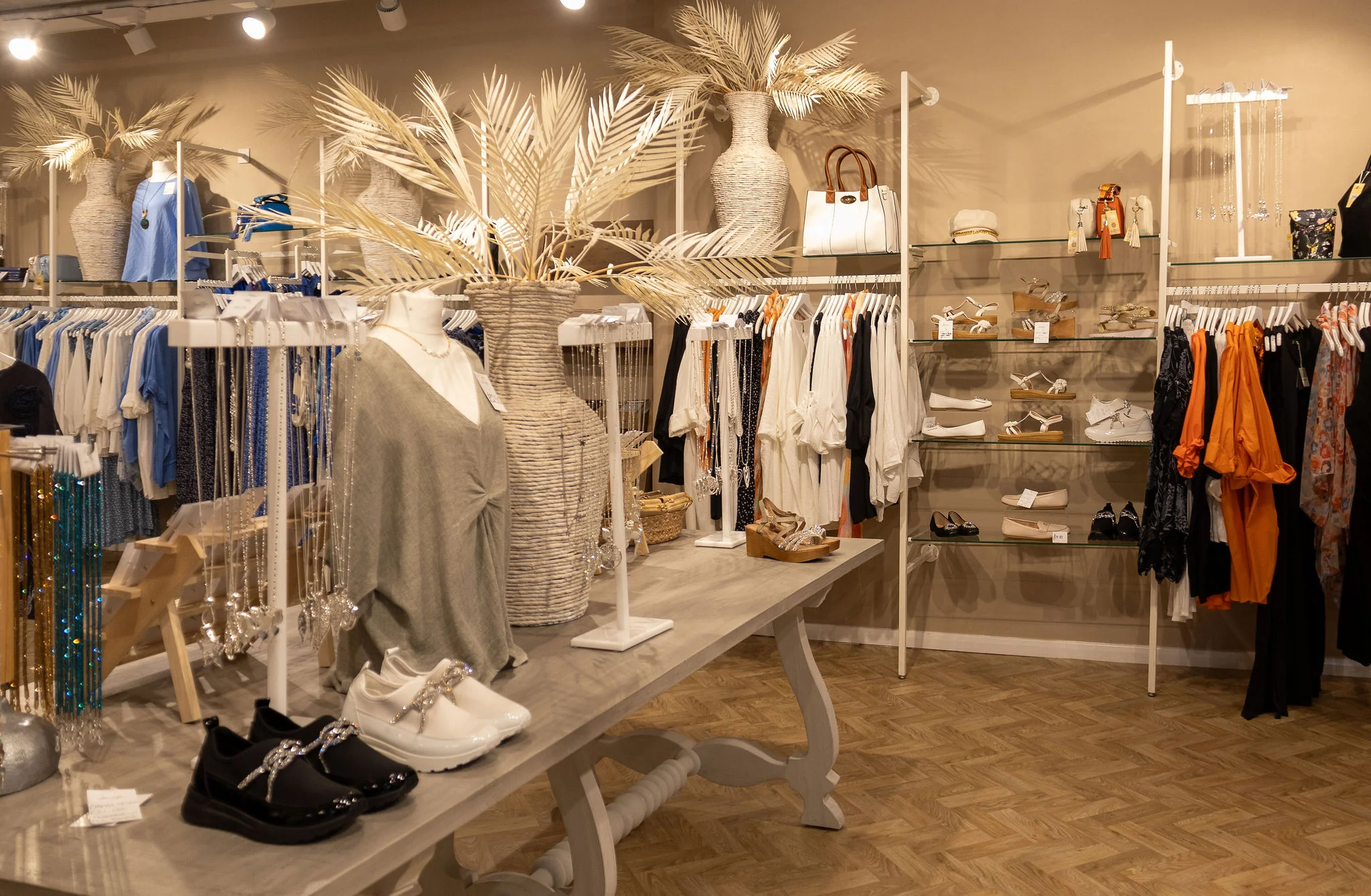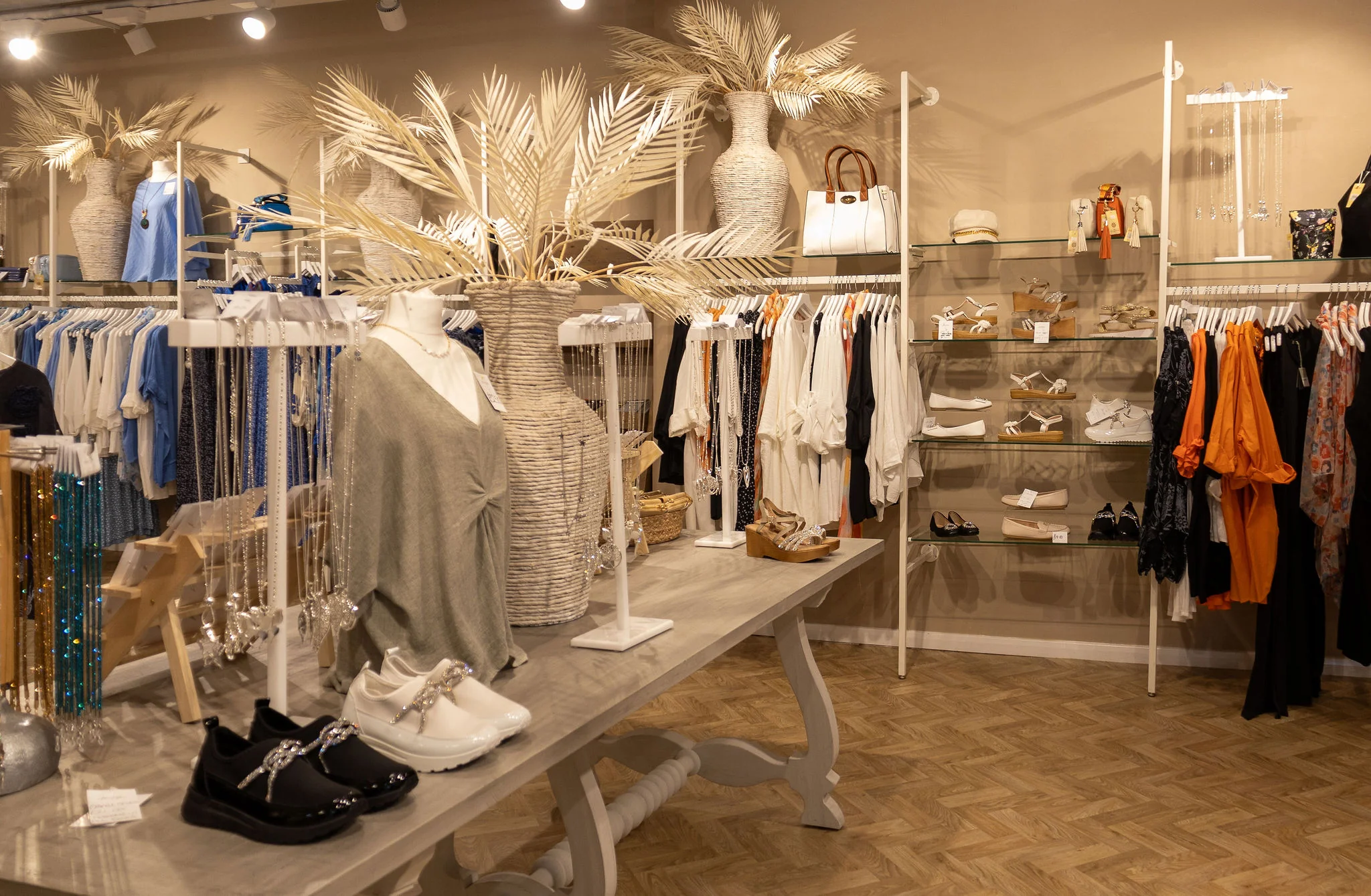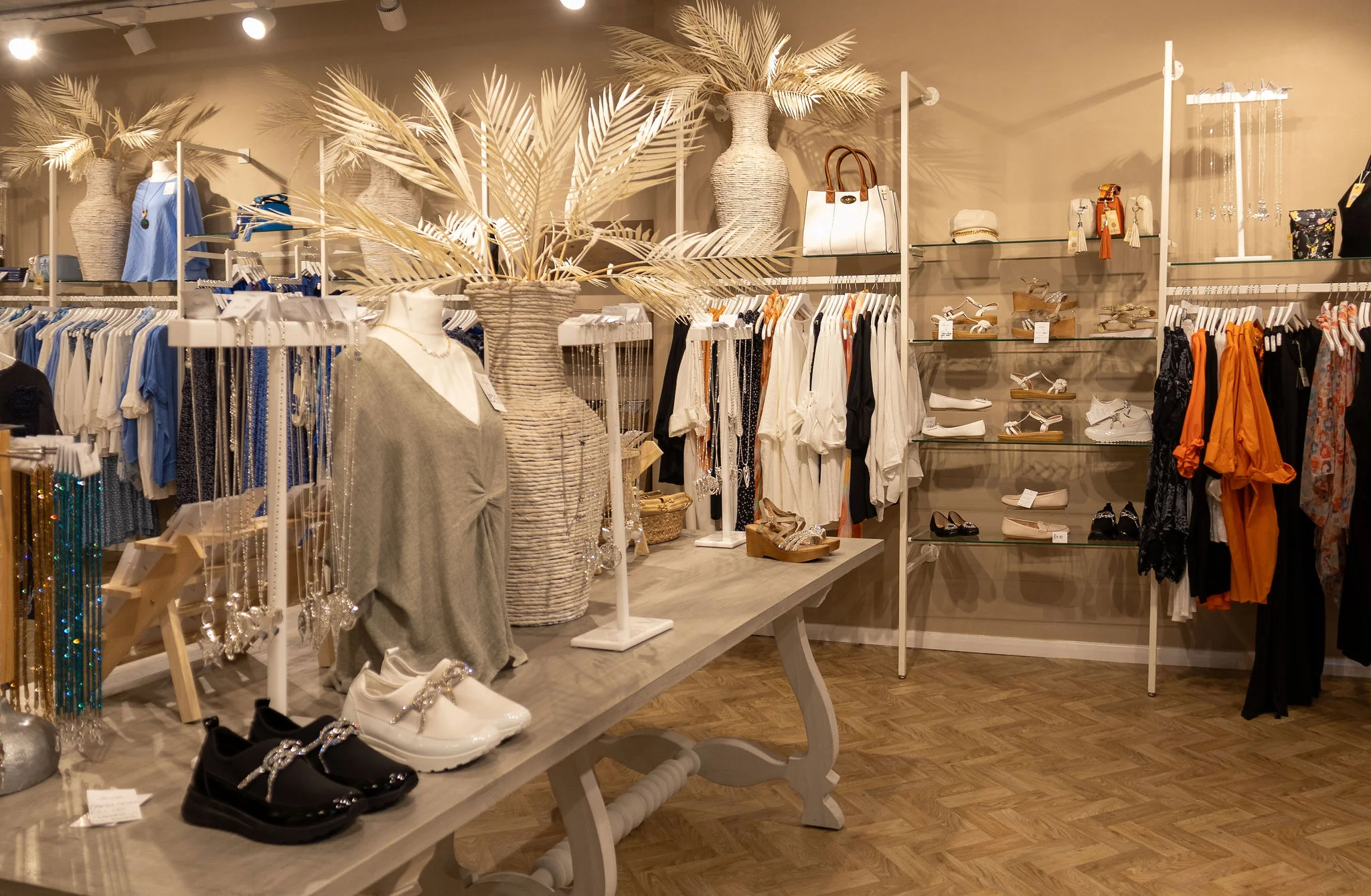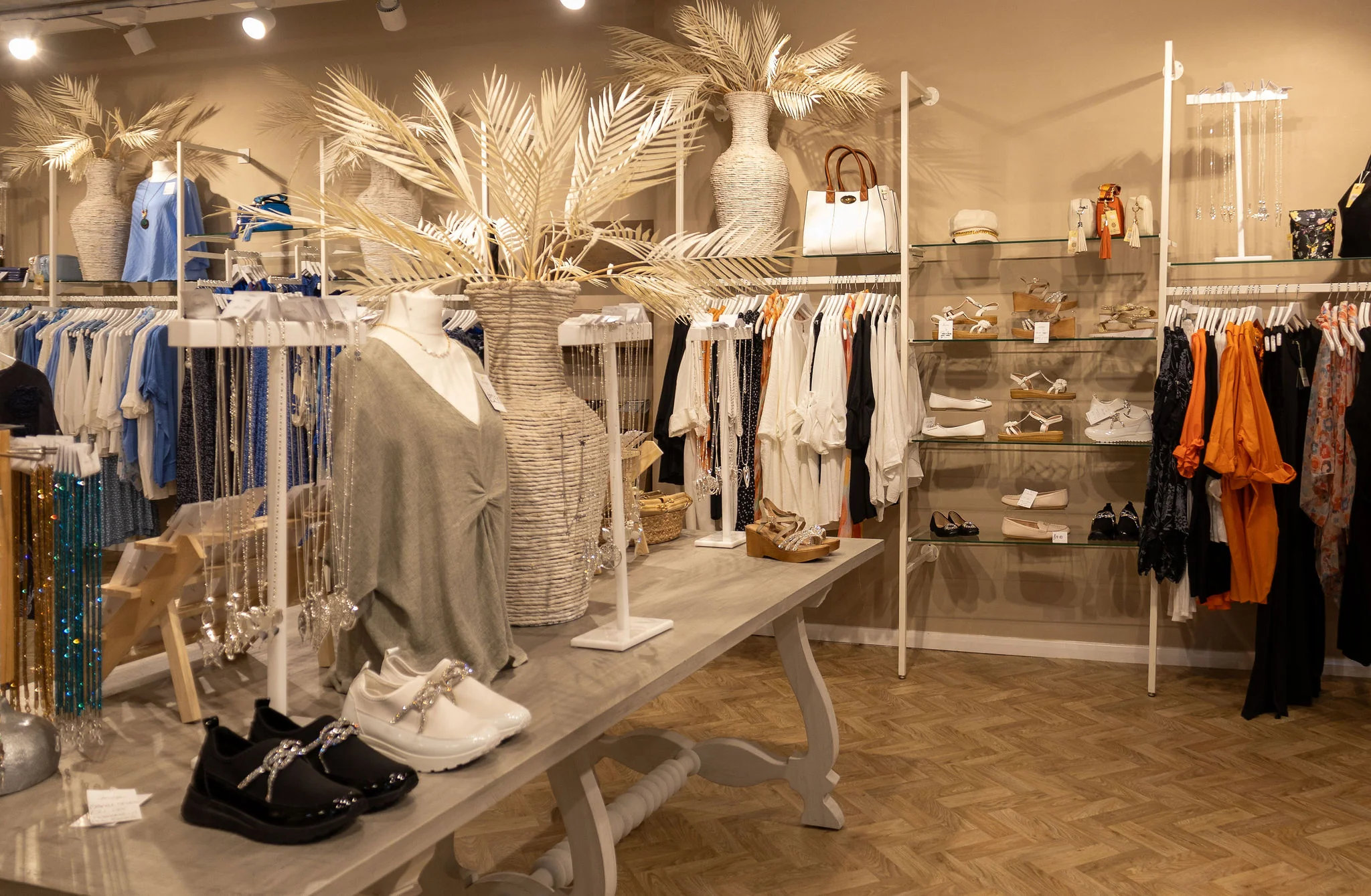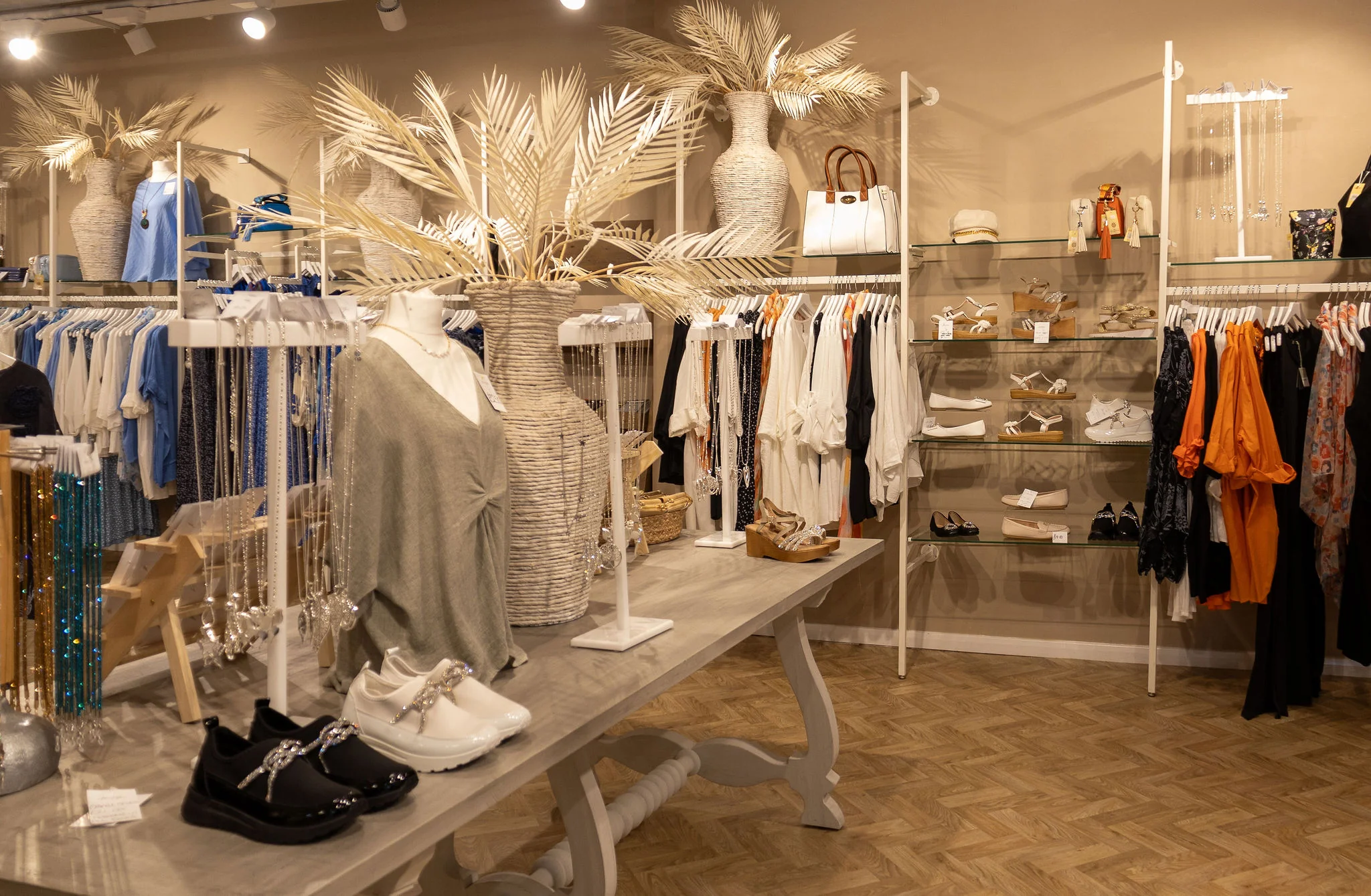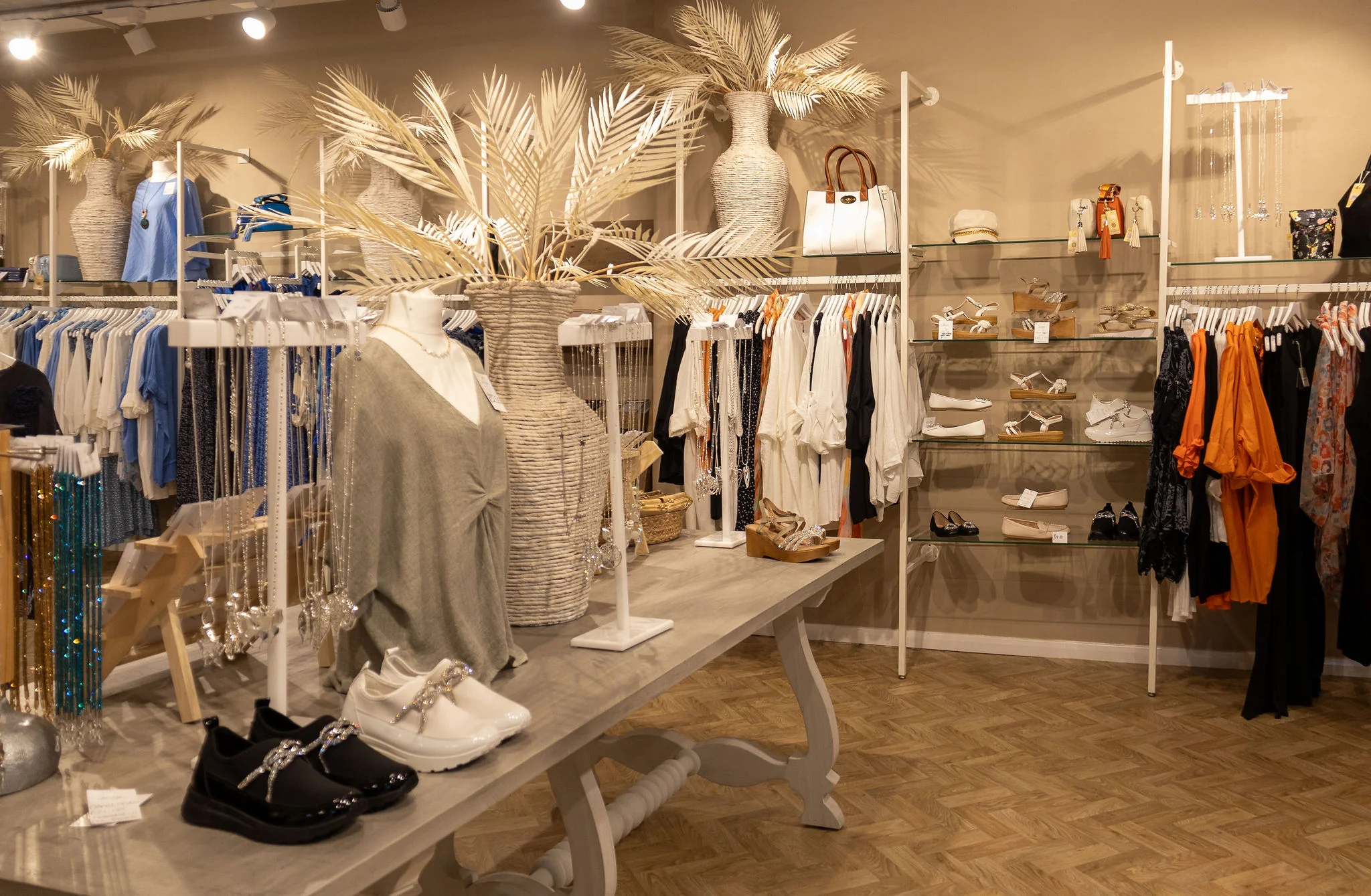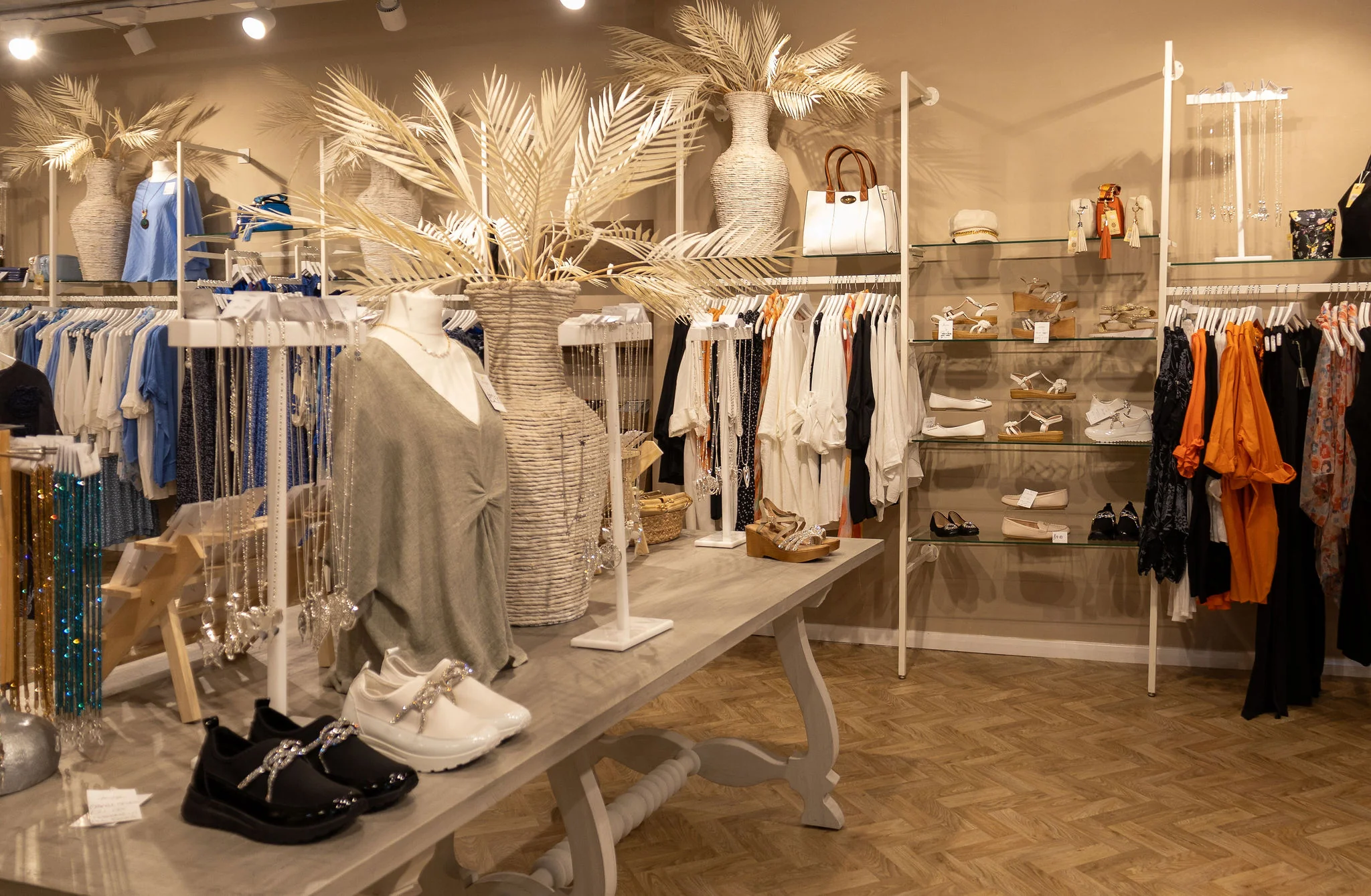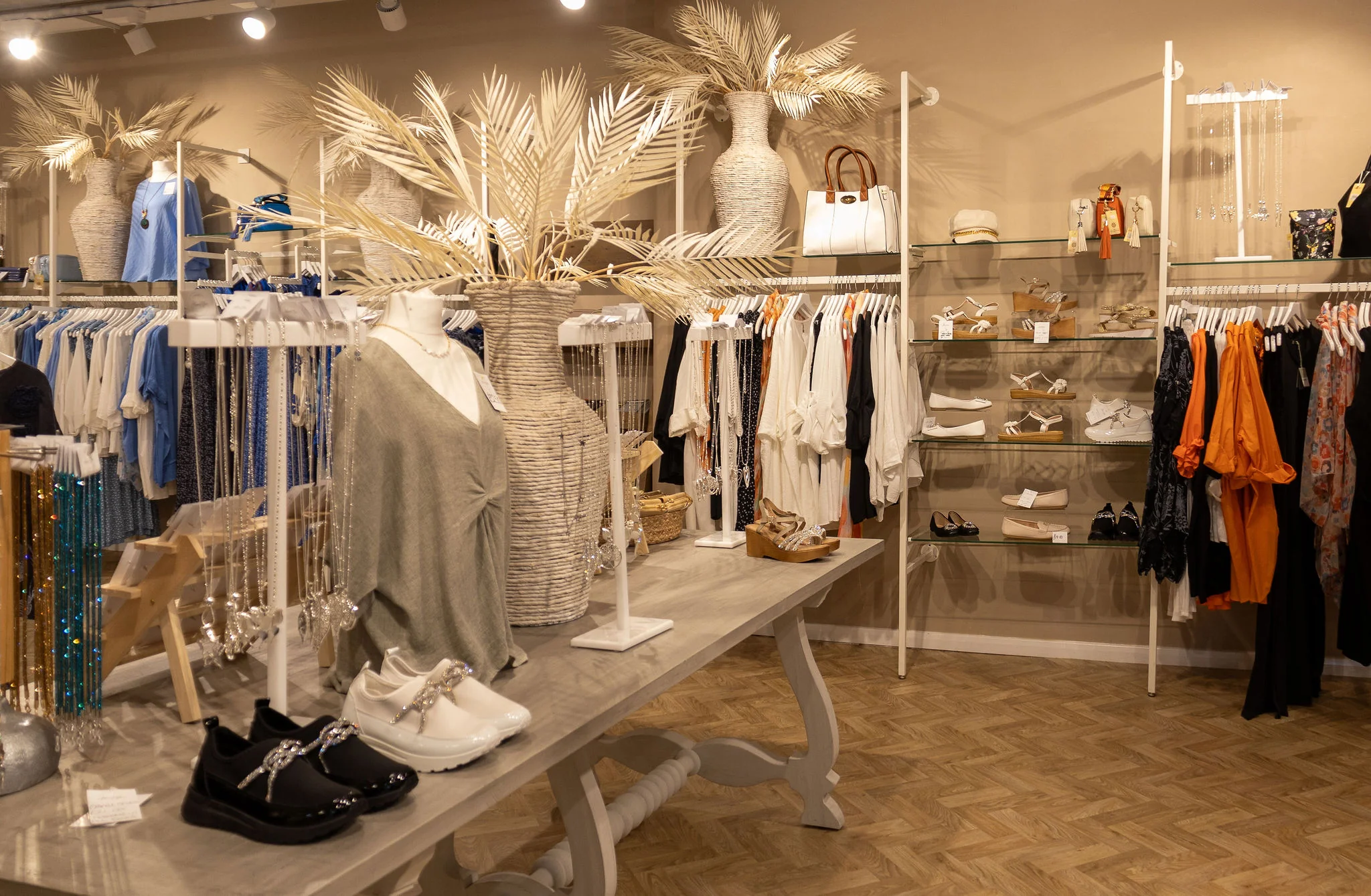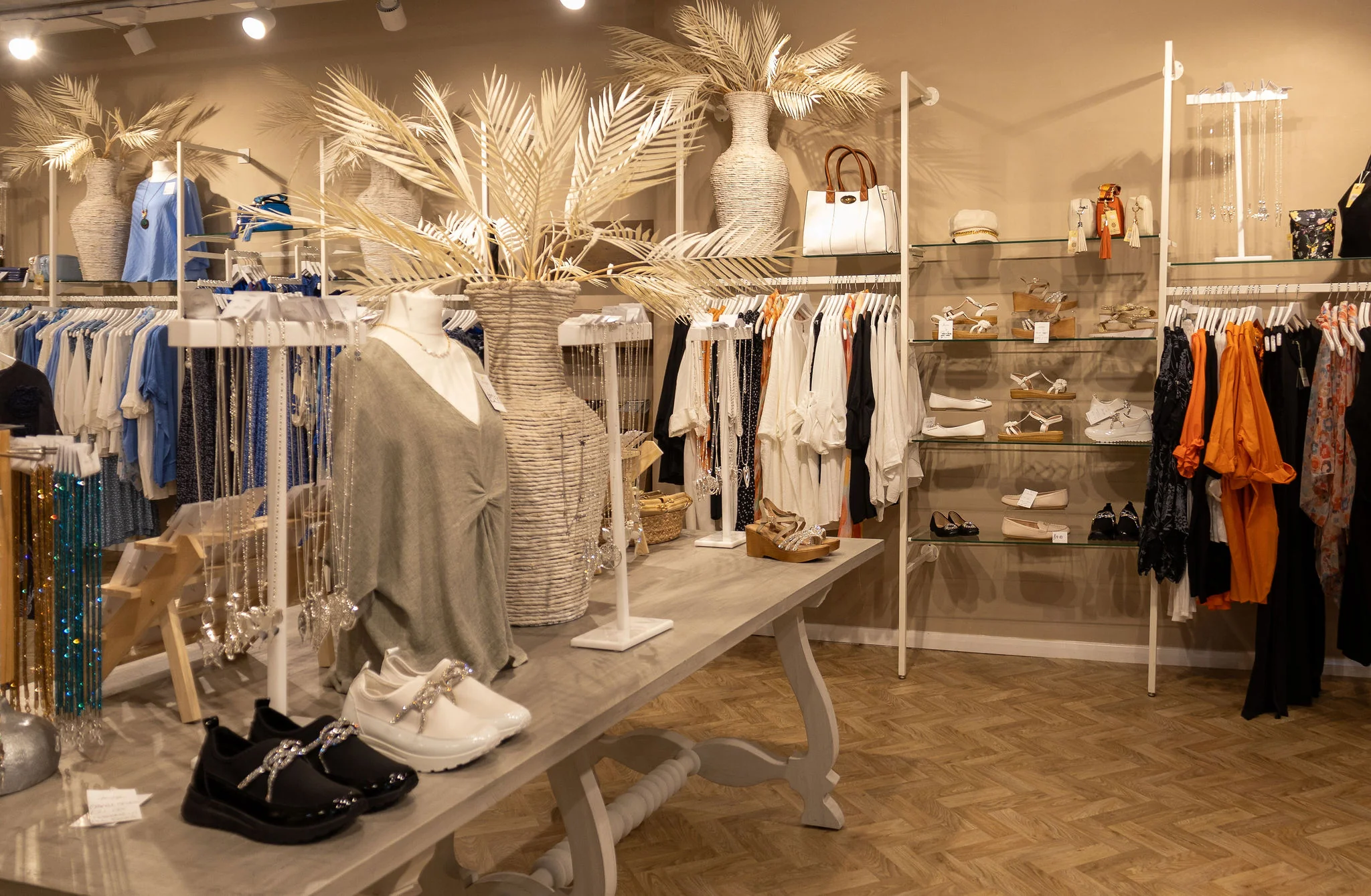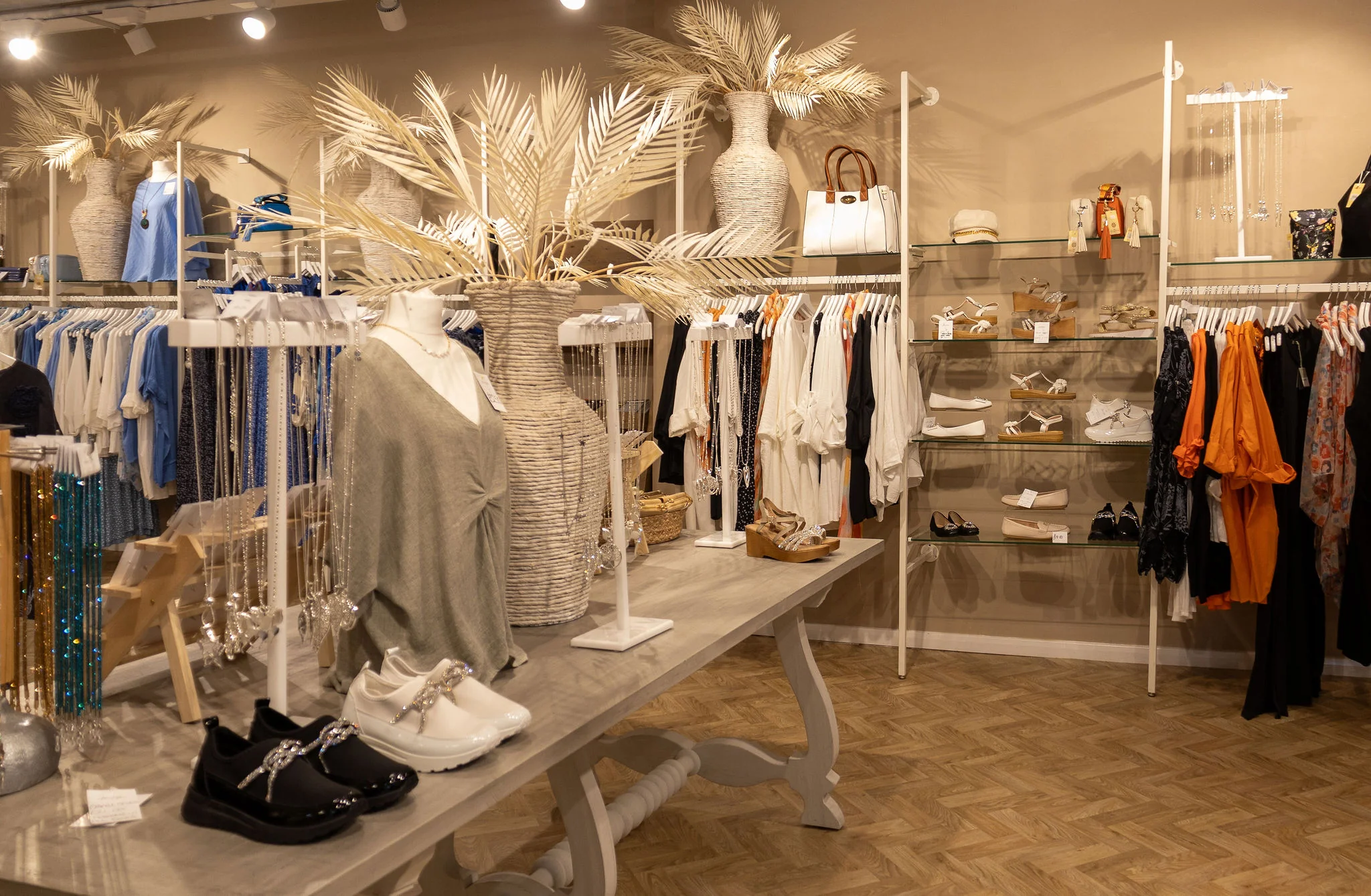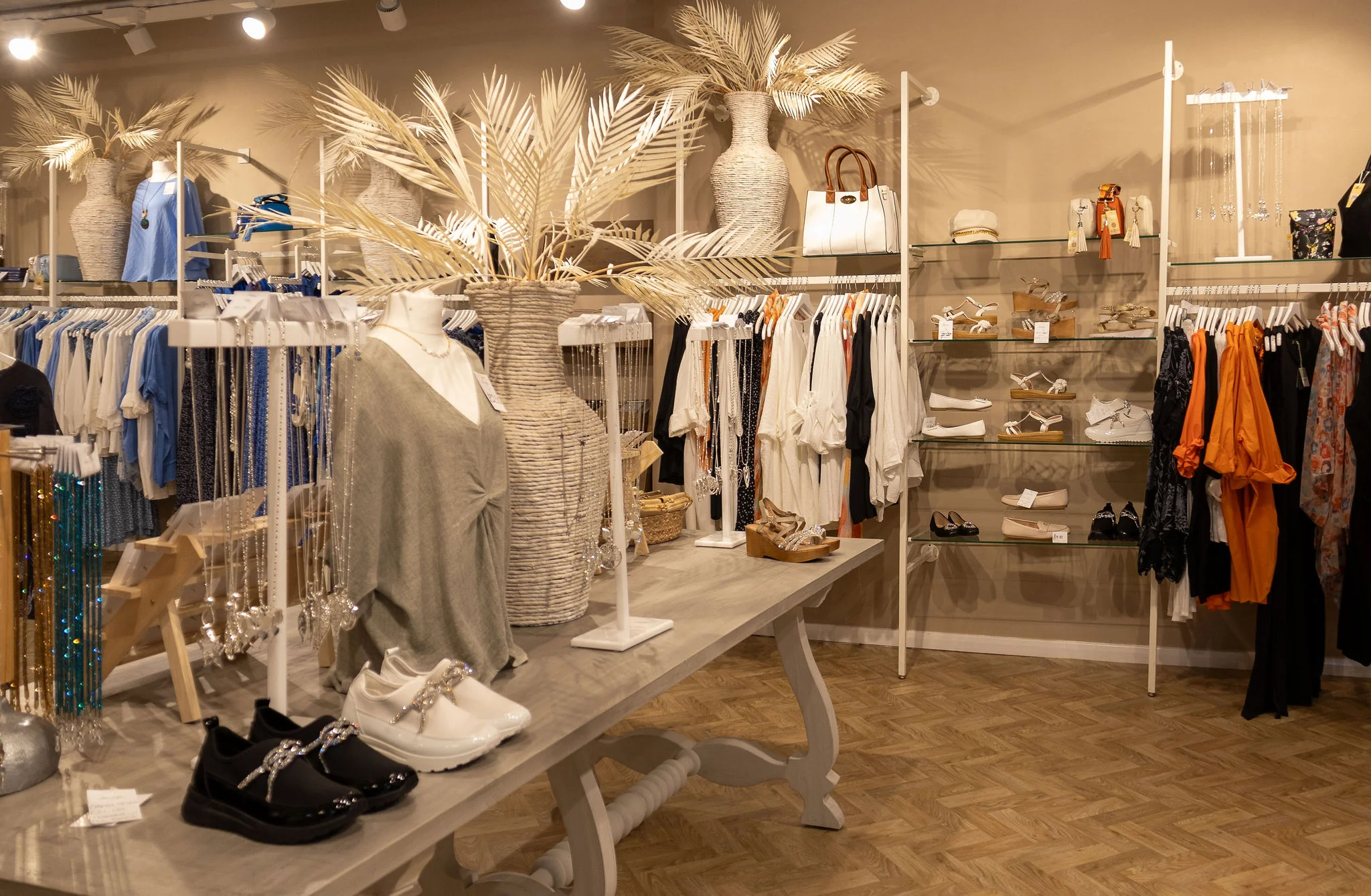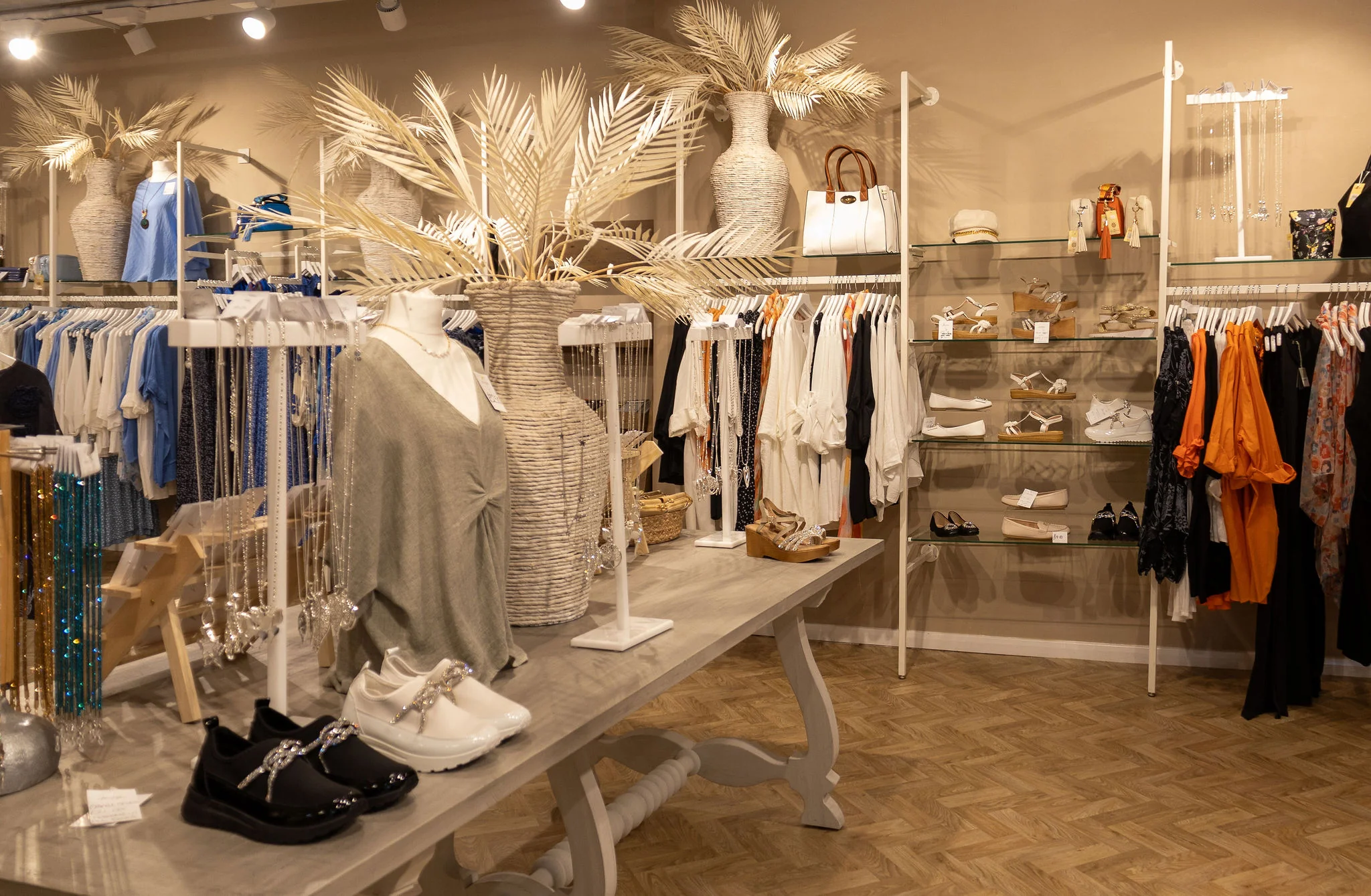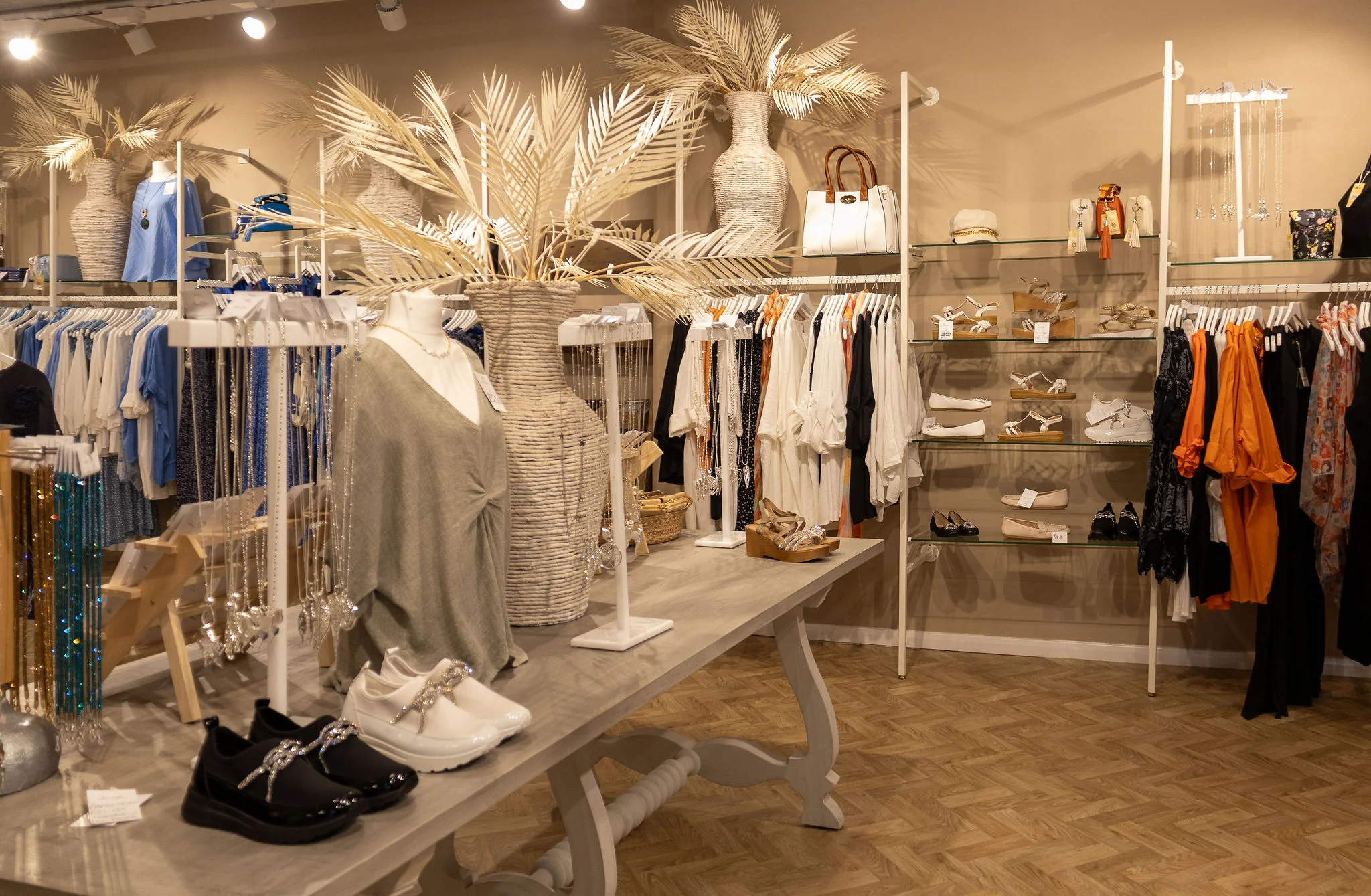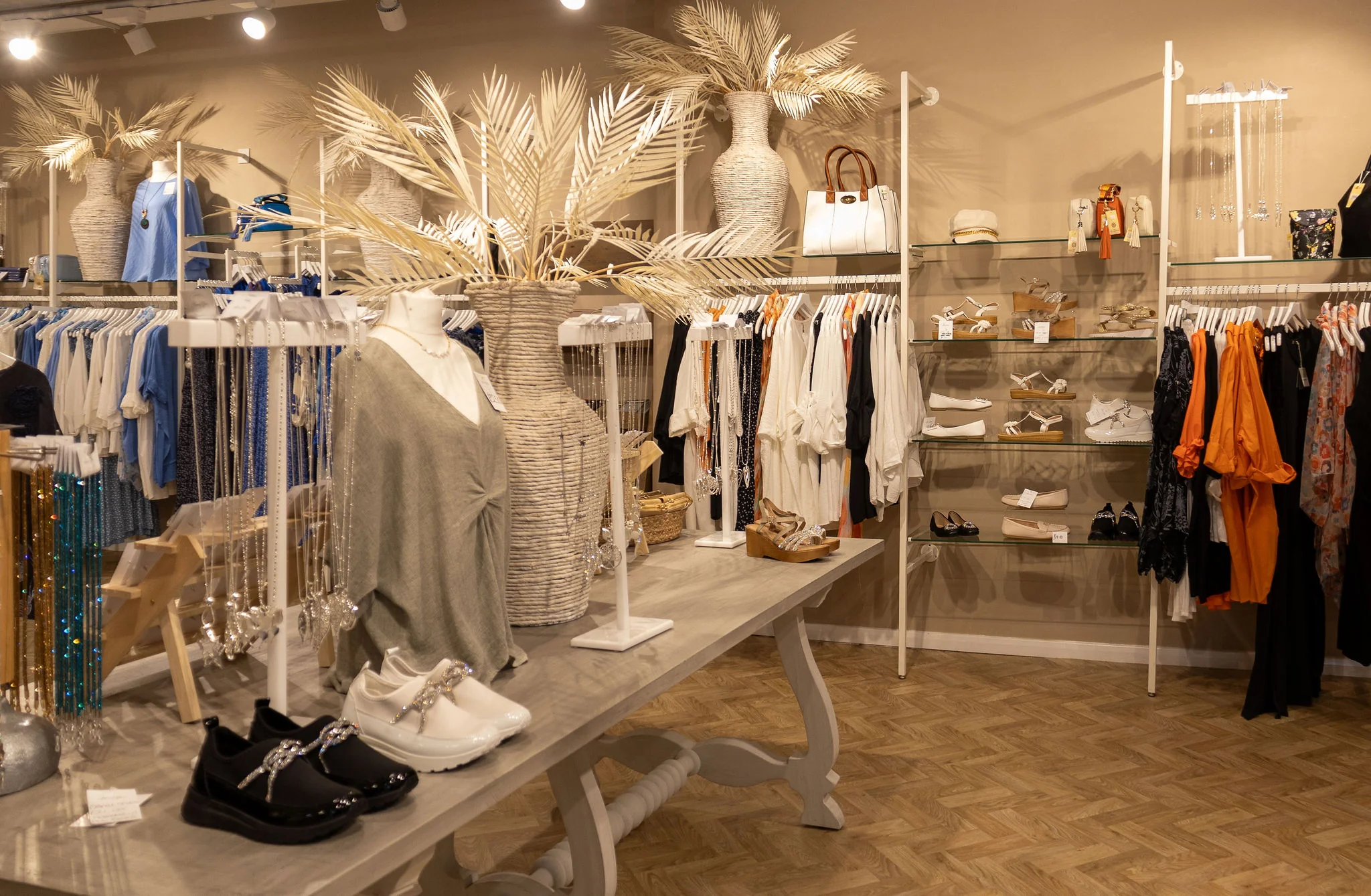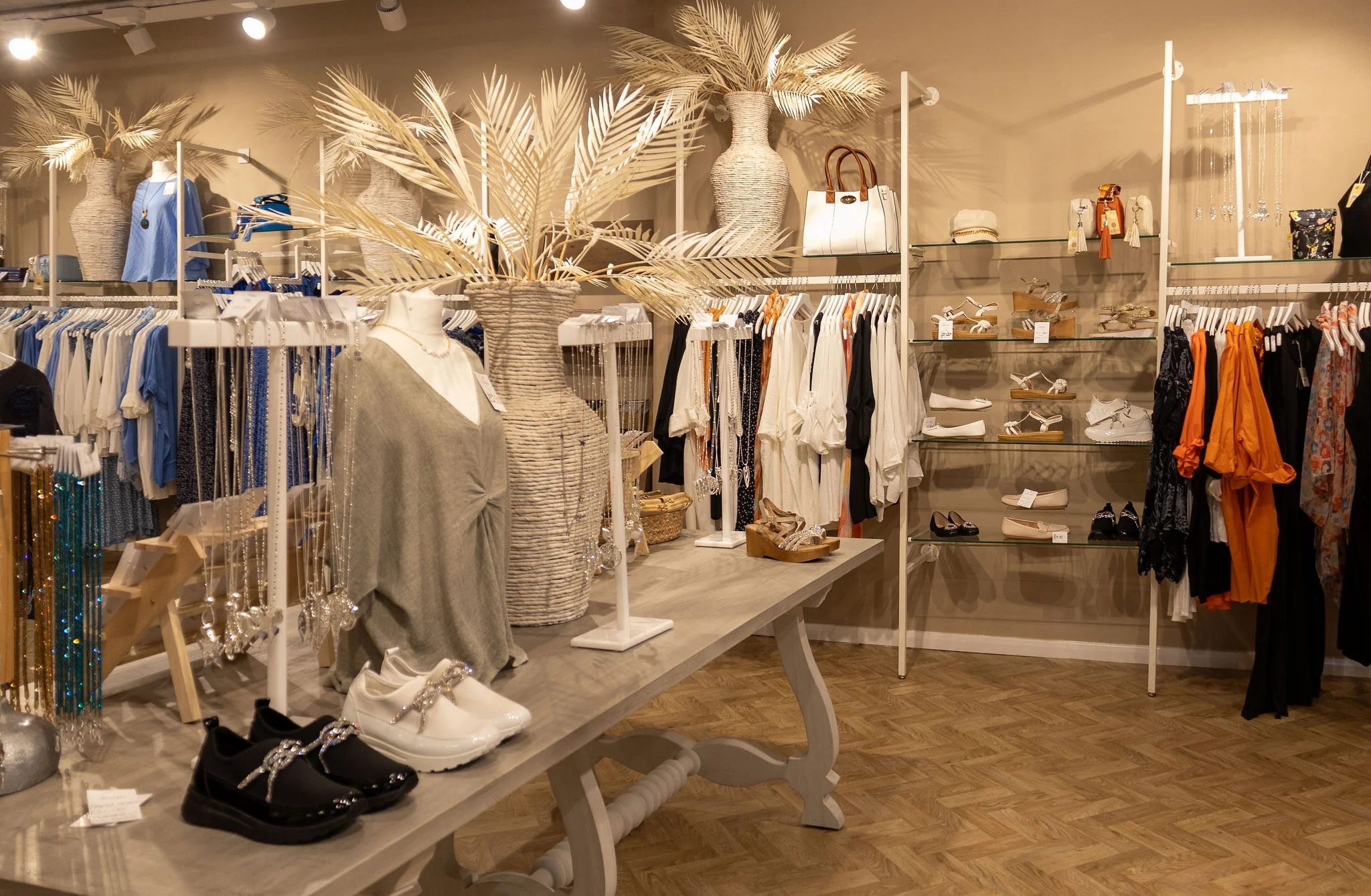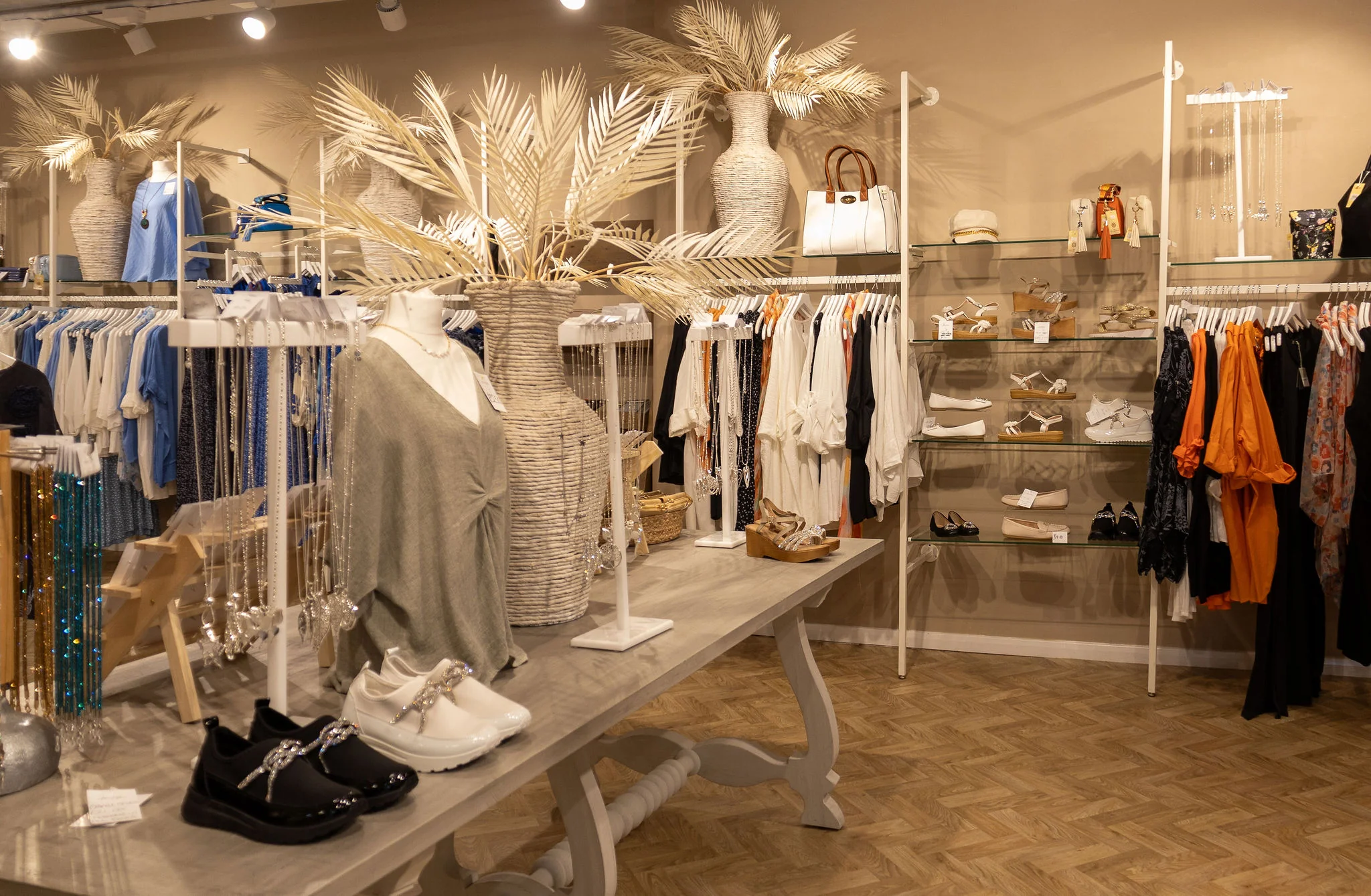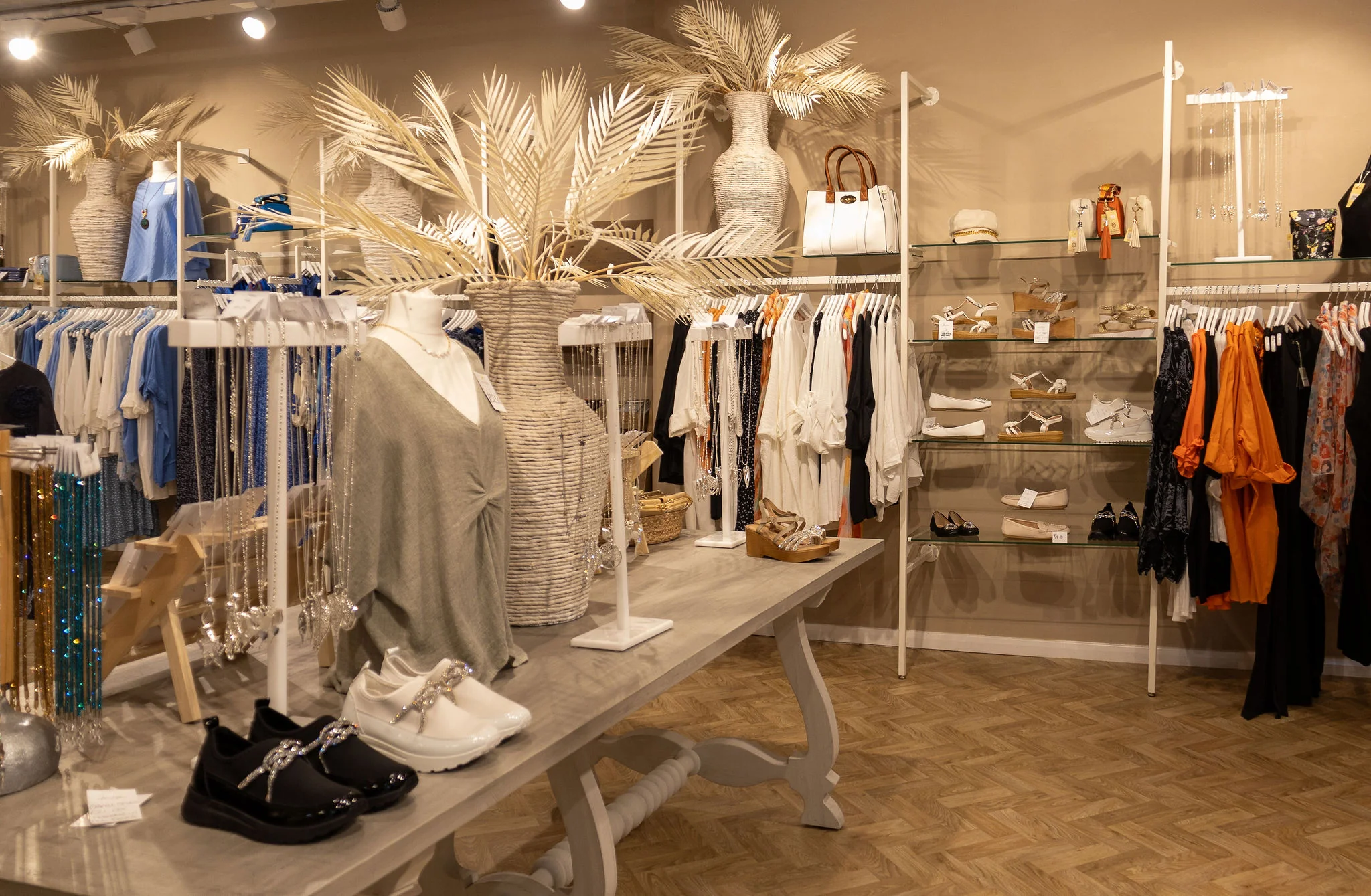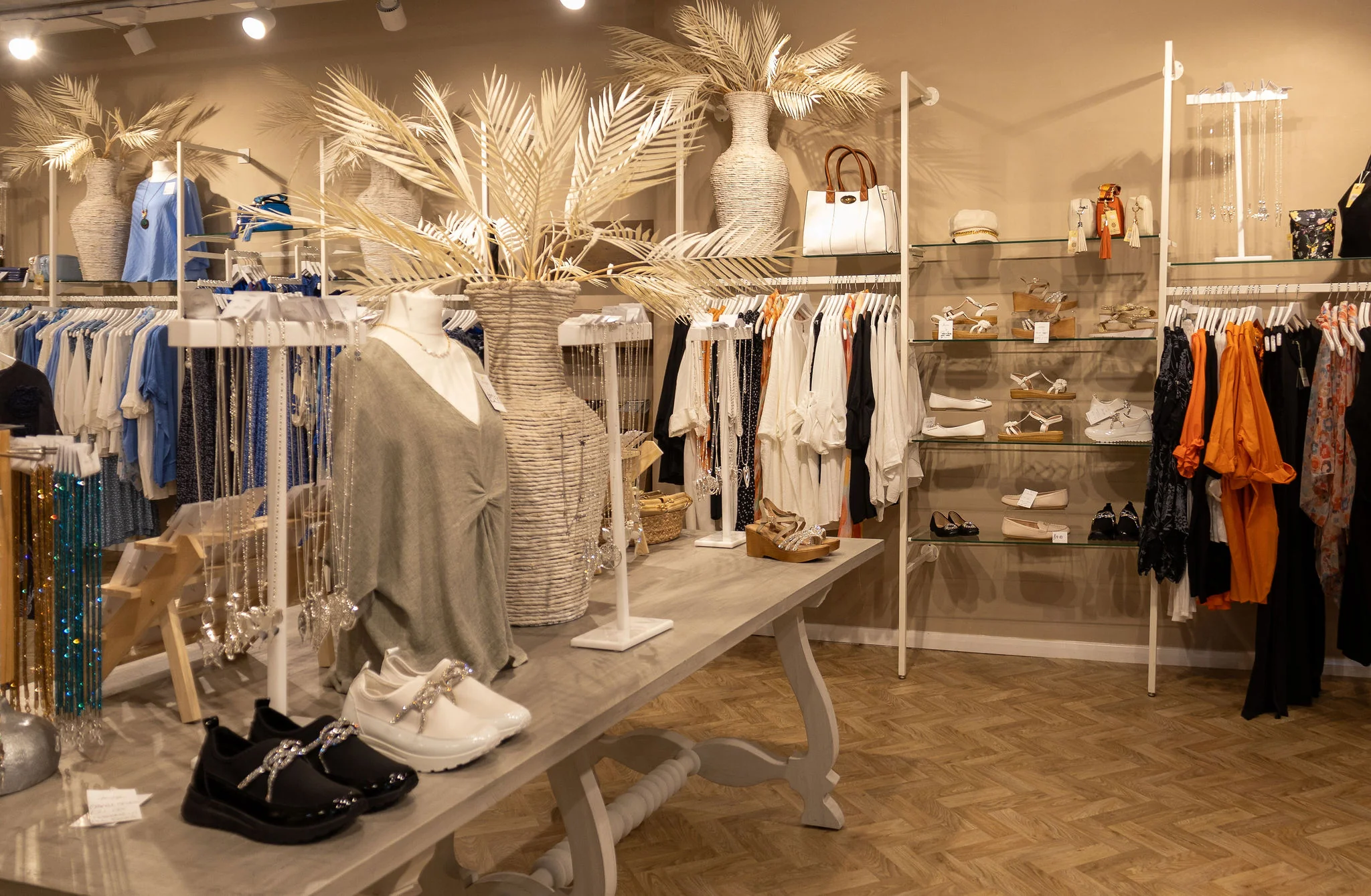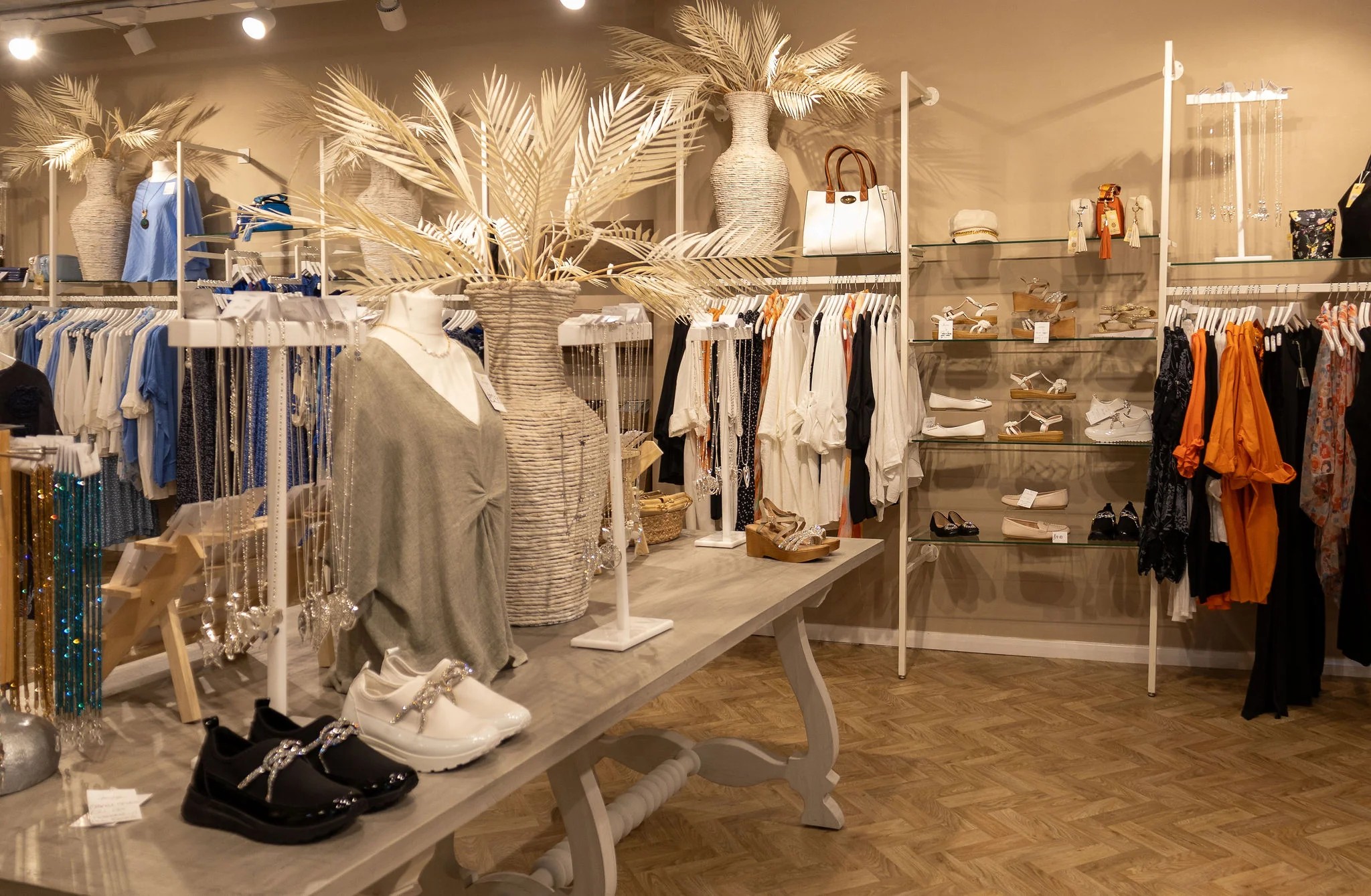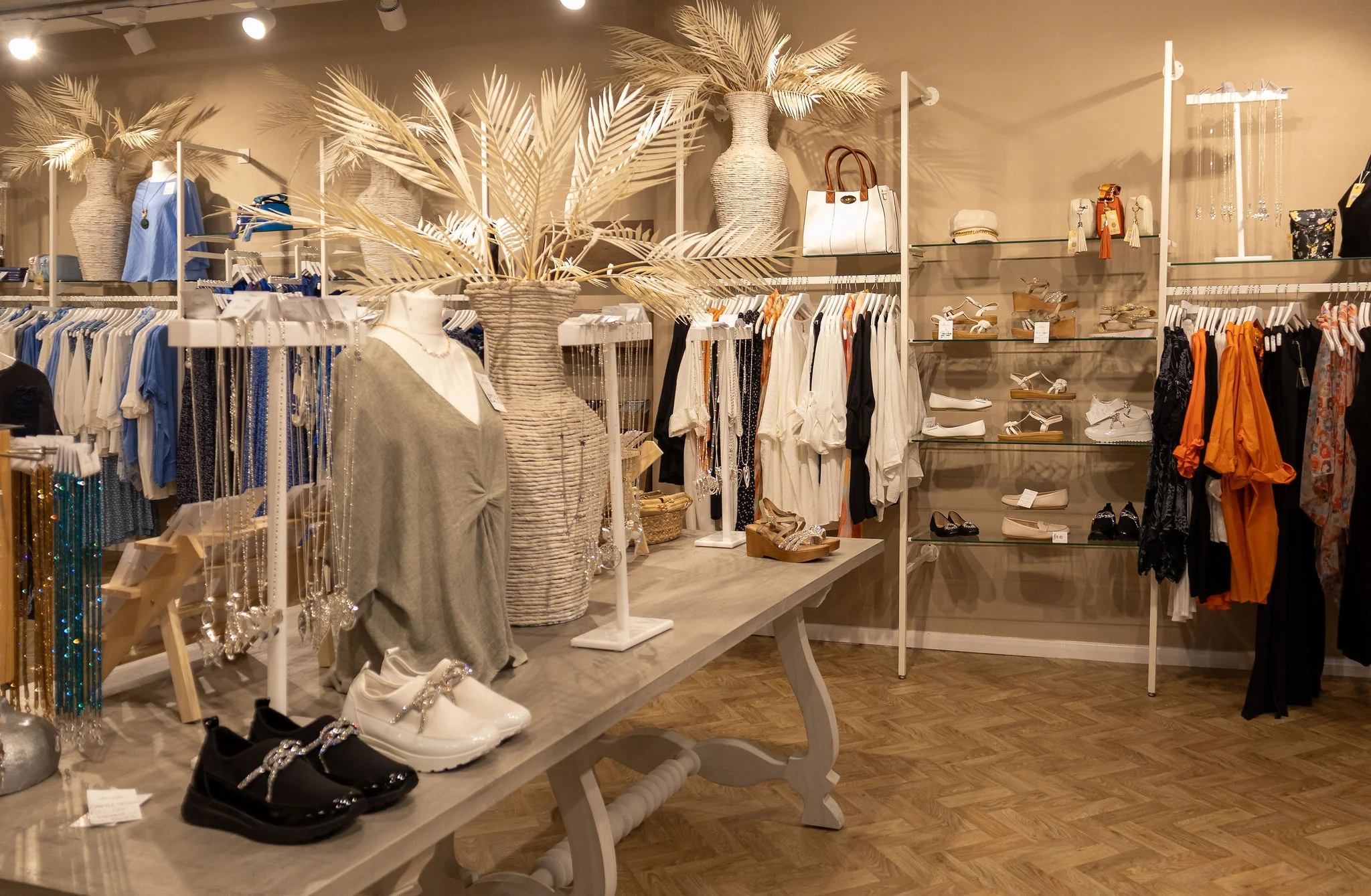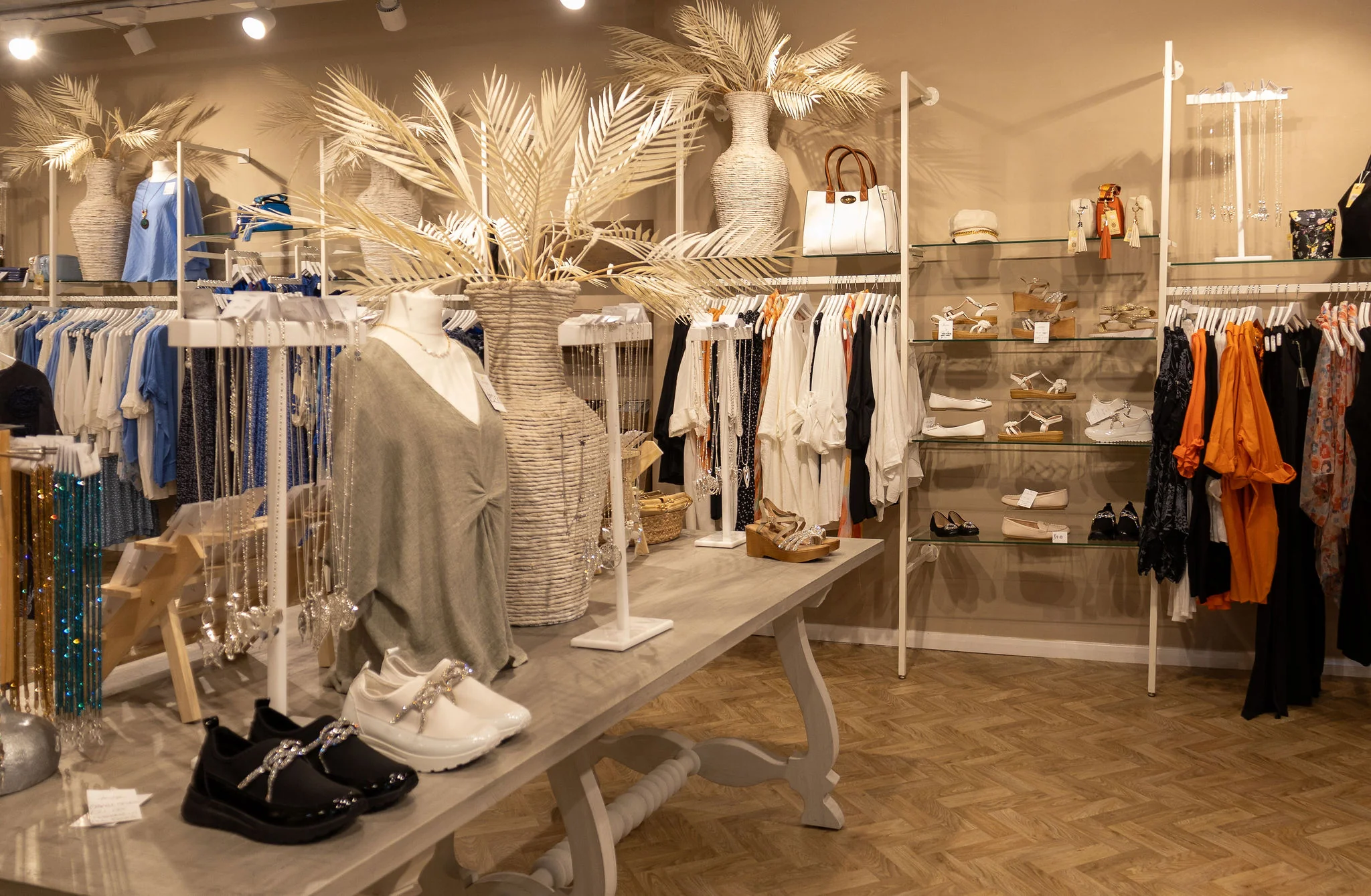Running a children's clothing shop comes with unique risks and challenges that standard retail insurance may not fully address. From …
Clothing Shop Public Liability Insurance: Essential Protection for Fashion Retailers
Introduction
Running a clothing shop involves constant interaction with customers, handling of merchandise, and maintaining a retail environment that welcomes the public. While you focus on providing excellent customer service and quality fashion items, accidents can happen that could leave your business facing costly compensation claims. Public liability insurance for clothing shops provides essential financial protection against third-party claims for injury or property damage that occurs on your premises or as a result of your business activities.
What is Clothing Shop Public Liability Insurance?
Public liability insurance for clothing shops is a specialized form of business insurance that protects fashion retailers against claims made by members of the public who suffer injury or property damage as a result of your business operations. This coverage is designed specifically for the unique risks faced by clothing retailers, from slip and fall accidents in fitting rooms to damage caused by falling displays or merchandise.
The insurance covers legal costs, compensation payments, and associated expenses when customers, suppliers, or other third parties make claims against your clothing shop. Without this protection, a single accident could result in substantial financial losses that threaten the future of your business.
Key Coverage Areas
Customer Injuries on Premises
Clothing shops see high footfall with customers browsing, trying on items, and moving through often cramped retail spaces. Common scenarios include customers slipping on wet floors near entrances during rainy weather, tripping over merchandise displays, or injuring themselves on sharp edges of clothing rails or fixtures.
Fitting Room Accidents
Fitting rooms present unique liability risks, with customers potentially slipping on discarded hangers, injuring themselves on hooks or mirrors, or falling due to inadequate lighting. The confined space and privacy requirements can complicate accident response and increase liability exposure.
Product-Related Incidents
While product liability typically requires separate coverage, public liability can cover situations where clothing items or accessories cause injury through display or handling. This might include customers being injured by falling merchandise, sharp decorative elements, or defective hangers.
Property Damage Claims
Your clothing shop operations could accidentally damage customer property, such as staining expensive items belonging to customers, or causing damage to neighboring properties through water leaks or other incidents originating from your premises.
Delivery and Collection Services
If your clothing shop offers delivery services or operates a click-and-collect system, public liability insurance extends to cover accidents that occur during these activities, including damage to customer property during delivery or injuries occurring in collection areas.
Common Risks in Clothing Retail
High Customer Volume
Fashion retailers often experience busy periods during sales, new season launches, and holiday shopping, increasing the likelihood of accidents due to crowded conditions and rushed customer behavior.
Seasonal Challenges
Weather conditions significantly impact clothing shop liability risks. Wet weather brings slip hazards from customers entering with wet shoes and umbrellas, while winter conditions increase the risk of falls both inside and outside your premises.
Display and Storage Risks
Clothing shops require extensive display systems, from hanging rails to mannequins and shelving units. These fixtures must be properly secured and maintained to prevent collapse or falling merchandise that could injure customers.
Security and Theft Prevention
Security measures such as electronic article surveillance systems, security mirrors, and anti-theft devices can create additional liability risks if they malfunction or are improperly installed, potentially causing customer injury.
Children and Family Shopping
Clothing shops often cater to families, meaning children may be present who are more likely to have accidents or cause damage. This demographic requires additional consideration in risk management and insurance coverage.
Industry-Specific Considerations
Boutique vs Chain Store Operations
Independent boutique clothing shops face different liability risks compared to chain stores. Boutiques may have more unique fixtures and personalized service that increases interaction with customers, while chain stores benefit from standardized safety procedures but may face higher volume-related risks.
Specialist Clothing Categories
Different types of clothing shops face varying risks. Formal wear shops dealing with expensive garments face higher property damage exposure, while sports clothing retailers may have customers trying on athletic wear that could lead to different types of accidents.
Online Integration
Modern clothing shops often combine physical retail with online operations, creating additional liability exposures through click-and-collect services, returns processing, and customer account management that requires data protection considerations.
Coverage Limits and Considerations
Determining Adequate Coverage
Clothing shop public liability insurance typically offers coverage from £1 million to £10 million or more. The appropriate level depends on factors including shop size, customer volume, location, and the value of merchandise handled. High-street locations with significant footfall generally require higher coverage limits.
Legal Defense Costs
Beyond compensation payments, public liability insurance covers legal defense costs, which can be substantial even for unsuccessful claims. These costs are typically covered in addition to the main policy limit, providing extra financial protection.
Worldwide Coverage
Some policies extend coverage to business activities conducted worldwide, which can be valuable for clothing retailers attending trade shows, fashion events, or operating temporary retail locations.
Claims Process and Management
Immediate Response Procedures
When an incident occurs in your clothing shop, immediate response is crucial. This includes ensuring the injured party receives appropriate medical attention, securing the accident scene, gathering witness statements, and documenting the incident thoroughly with photographs and written reports.
Professional Claims Handling
Insurance providers typically offer professional claims handling services that manage the entire process from initial notification through to settlement. This includes appointing legal representation, coordinating with medical professionals, and negotiating settlements to minimize business disruption.
Business Continuity
Effective claims management helps maintain business operations during the claims process. This includes managing any necessary temporary closures, implementing additional safety measures, and maintaining customer confidence in your clothing shop's safety standards.
Risk Management Strategies
Premises Safety
Regular safety inspections of your clothing shop premises help identify and address potential hazards before accidents occur. This includes checking floor surfaces for wear or damage, ensuring adequate lighting throughout the store, and maintaining clear walkways free from obstacles.
Staff Training
Comprehensive staff training on safety procedures, customer service protocols, and emergency response helps prevent accidents and ensures appropriate response when incidents do occur. This includes training on proper merchandise handling, spill cleanup procedures, and customer assistance techniques.
Maintenance Protocols
Implementing regular maintenance schedules for all fixtures, fittings, and equipment helps prevent failures that could lead to customer injury. This includes checking clothing rails for stability, ensuring mirrors are properly secured, and maintaining fitting room facilities.
Weather Response Procedures
Developing specific procedures for adverse weather conditions helps manage seasonal risks. This includes deploying warning signs and non-slip mats during wet weather, ensuring adequate heating and lighting during winter months, and managing increased customer volumes during weather-related shopping surges.
Legal and Regulatory Compliance
Health and Safety Obligations
Clothing shop owners have legal obligations under health and safety legislation to provide a safe environment for customers and employees. Public liability insurance works alongside compliance with these regulations but does not replace the need for proper safety management.
Consumer Protection Requirements
Fashion retailers must comply with consumer protection laws regarding product quality, returns, and customer rights. While these primarily relate to product liability, they can intersect with public liability in cases involving customer service disputes that escalate to injury claims.
Data Protection Considerations
Modern clothing shops collect significant customer data through loyalty programs, online accounts, and payment processing. While primarily a cyber liability concern, data breaches can sometimes lead to public liability claims if customers suffer financial losses or identity theft.
Cost Factors and Premium Considerations
Business Size and Turnover
Insurance premiums for clothing shop public liability coverage are typically calculated based on business turnover, with higher revenue businesses generally paying higher premiums due to increased exposure and customer interaction levels.
Location Risk Assessment
The location of your clothing shop significantly impacts insurance costs. High-street locations with heavy footfall, proximity to other businesses, and higher crime rates typically result in higher premiums compared to quieter suburban or out-of-town locations.
Claims History Impact
Your business's claims history directly affects premium costs. Clothing shops with previous public liability claims may face higher premiums, while those with clean claims records often benefit from no-claims discounts and preferential rates.
Risk Management Discounts
Insurance providers often offer premium discounts for clothing shops that demonstrate effective risk management practices. This can include staff training programs, regular safety audits, and implementation of recommended safety improvements.
Integration with Other Insurance Covers
Commercial Combined Policies
Public liability insurance for clothing shops is often included as part of a commercial combined insurance policy that also covers property damage, business interruption, and employers' liability. This integrated approach can provide cost savings and simplified policy management.
Professional Indemnity Considerations
While not always required for basic clothing retail, shops offering personal styling services, alterations, or fashion advice may benefit from professional indemnity insurance alongside public liability coverage to protect against claims of inadequate service or advice.
Product Liability Integration
Clothing shops may need separate product liability insurance to cover defects in merchandise sold. However, public liability insurance can complement this coverage by protecting against injury claims related to product display and handling rather than inherent product defects.
Cyber Liability Coordination
Modern clothing shops with online operations, customer databases, and electronic payment systems should consider how cyber liability insurance coordinates with public liability coverage, particularly regarding customer data protection and privacy breach scenarios.
Choosing the Right Insurance Provider
Specialist Retail Experience
Selecting an insurance provider with specific experience in clothing retail ensures they understand the unique risks and coverage requirements of fashion businesses. This expertise translates to more appropriate policy terms and better claims handling.
Financial Strength and Stability
The financial stability of your insurance provider is crucial for ensuring claims can be paid when needed. Research provider ratings and financial strength indicators to ensure your chosen insurer can meet long-term obligations.
Claims Service Quality
The quality of claims service significantly impacts your experience during the stressful period following an accident. Research provider claims handling reputation, response times, and customer satisfaction ratings before making your decision.
Policy Flexibility and Customization
Look for insurance providers that offer flexible policy terms and the ability to customize coverage to match your specific clothing shop operations. This might include seasonal adjustments, temporary location coverage, or specialized endorsements for unique business activities.
Conclusion
Public liability insurance represents an essential investment for clothing shop owners, providing crucial financial protection against the inherent risks of retail operations. The fashion retail environment presents numerous scenarios where customer injury or property damage claims could arise, from simple slip and fall accidents to more complex incidents involving merchandise displays or fitting room injuries.
The cost of comprehensive public liability insurance is minimal compared to the potential financial impact of uninsured claims, which could include substantial compensation payments, legal costs, and reputational damage that affects future business prospects. By securing appropriate coverage and implementing effective risk management practices, clothing shop owners can focus on growing their business while maintaining confidence that they are protected against unforeseen liability claims.
The key to effective protection lies in selecting coverage limits appropriate to your business size and risk exposure, working with experienced insurance providers who understand retail operations, and maintaining a proactive approach to safety management that reduces the likelihood of incidents occurring. Regular policy reviews ensure your coverage evolves with your business and continues to provide adequate protection as your clothing shop grows and develops.


 0330 127 2333
0330 127 2333

